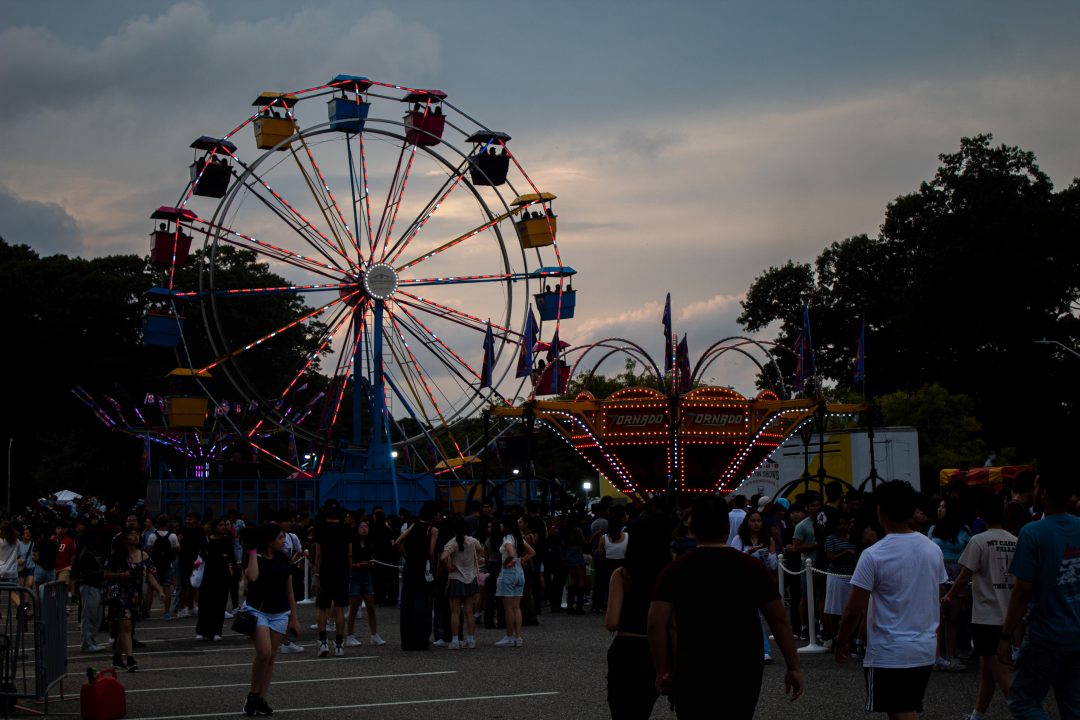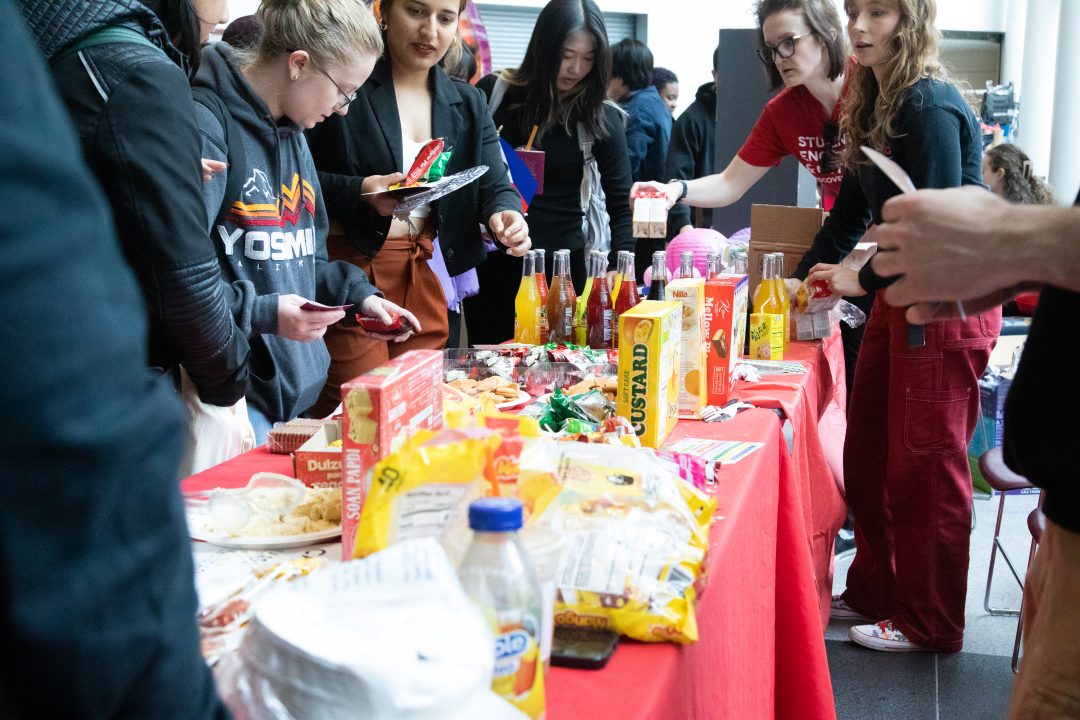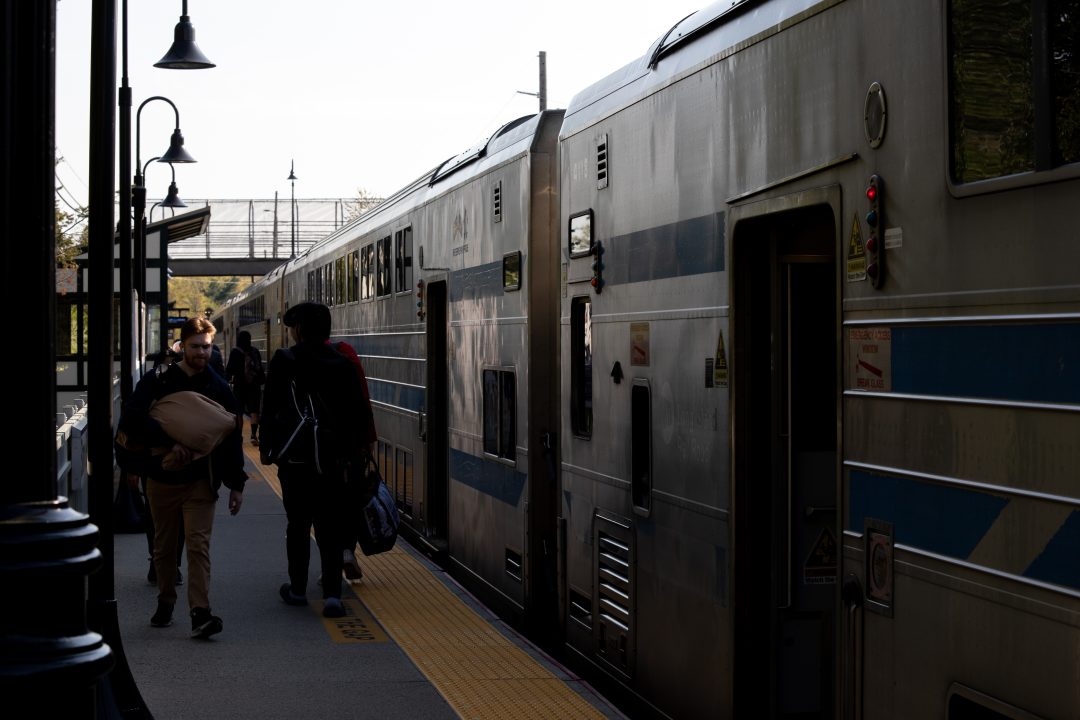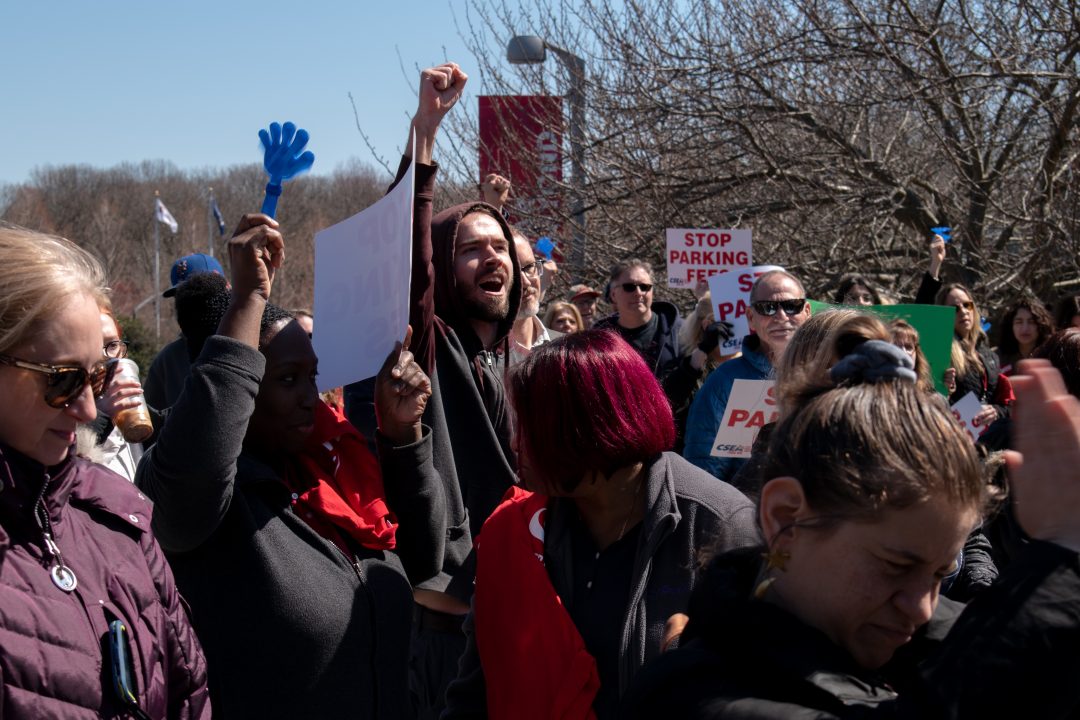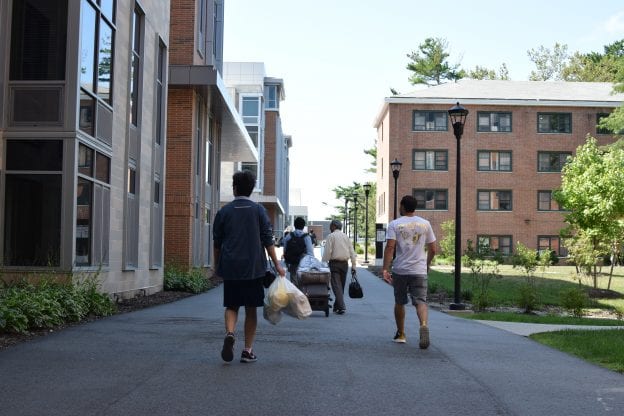
Student residents at Stony Brook University were told to pack their things and evacuate on March 17, leaving the campus nearly barren.
Yet for international students like Justin Chan, a Stony Brook University student from Myanmar, leaving on-campus housing is far more complicated than booking a last-minute economy flight.
More than 2,500 of Stony Brook University’s undergraduate students are international. Many were left in a state of confusion when the school sent an email giving campus residents between 48 and 72 hours to move out as a result of the coronavirus (COVID-19) outbreak. A previous email sent on March 11 informed students that leaving campus housing was a “personal choice,” and students who chose to leave would still be charged semester housing.
Chan remembers he woke that day to his suitemates — now ex-suitemates — knocking on his door, pacing back and forth in a frenzy. They lived in West Apartments, where students reside in suites with double and single rooms. Chan had heard from other students that the emails were being sent out.
“West Apartments heard it last, I think,” Chan said. “My friends went to the office, and even the area coordinator didn’t know this was happening.”
As both a senior psychology major and a dancer for the Chinese Association of Stony Brook (CASB) Dance Team, the evacuations meant more to Chan than finding a new place to live.
“We were forced to accept that our last year, our last competition, our last hangouts as a group, our last everything, just got taken away from us,” he said.
Emails were sent to a number of international students on March 12, 13 and 19 with details for Zoom meetings meant to clear up student confusion. The meetings addressed general concerns regarding student visas and remote learning. The sessions were uploaded to YouTube, where they have several hundred views. Their most recent session, which covers Visa and Immigration Services, has 43 views as of April 11.
Chan filed for “extenuating circumstances” to be allowed to remain on campus. After waiting days for a response that was supposed to come within 24 hours after submission, his appeal was accepted, but he chose not to stay.
“I don’t have a car,” he said. “I used to have [people] that would drive me for groceries; what else would I do now that they’re gone? It’s like sure, they let us stay, but at what cost?”
The university is still running campus dining and will be providing residents with three free take-out meals a day from East and West Dining.
In an effort to increase hospital capacity, universities throughout the state’s higher education system have pushed their students out of residence halls in preparation for a temporary hospital, with medical staff being allowed to reside in the dormitories.
New York Gov. Andrew Cuomo announced on March 22 that Stony Brook University and three other locations would be turned into temporary hospitals.
For those who remain on campus, conditions are ominous. Approval emails came with a list of directives covering personal hygiene, health services and room reassignments. Those who fail to follow them could see their housing contracts terminated.
Some of the expectations include “[limiting] your interactions with others,” “always [following] social distancing requirements,” and if applicable, compliance with any “University directive to remain in your room for an extended period of time.”
Some international students, like Japanese exchange student Tatsuyuki Meguro, returned to their home countries to avoid housing complications.
“I wanted to stay longer,” Meguro said. “But at the same time, I’m relieved to be home.”
Those returning home, however, have a new problem to face. Remote classes are to be held as regularly scheduled, meaning that a 4 p.m. class at Stony Brook means that Meguro would have to be up at five in the morning.
“It’s not easy to stay up until five in the morning to take courses and tests,” Meguro said.
For Chan, returning home was never an option. Between the president’s travel ban and increasing restrictions due to the COVID-19 outbreak, travel in and out of Myanmar is complicated; Chan only had a few days to plan, and a little over a dozen cardboard boxes to pack his things in.
Chan criticized the school’s communication with international students.
“I didn’t even get the chance to go to Visa and Immigration Services,” he said. “I need a signature if I want back into the country if I leave, so I guess I really am just trapped here.”
Students and faculty called for better communication from Stony Brook University as the crisis escalated, culminating in a protest on March 12 where students demanded proper communication from the administrative board.
Yet for those like Chan, the campus frenzy and sudden shut down goes beyond dissatisfaction.
“This is probably the worst I’ve felt in a long time,” Chan said. “Having nowhere to go, no family to be with. It feels like my year is already over, like college is already over. It might as well be.”












